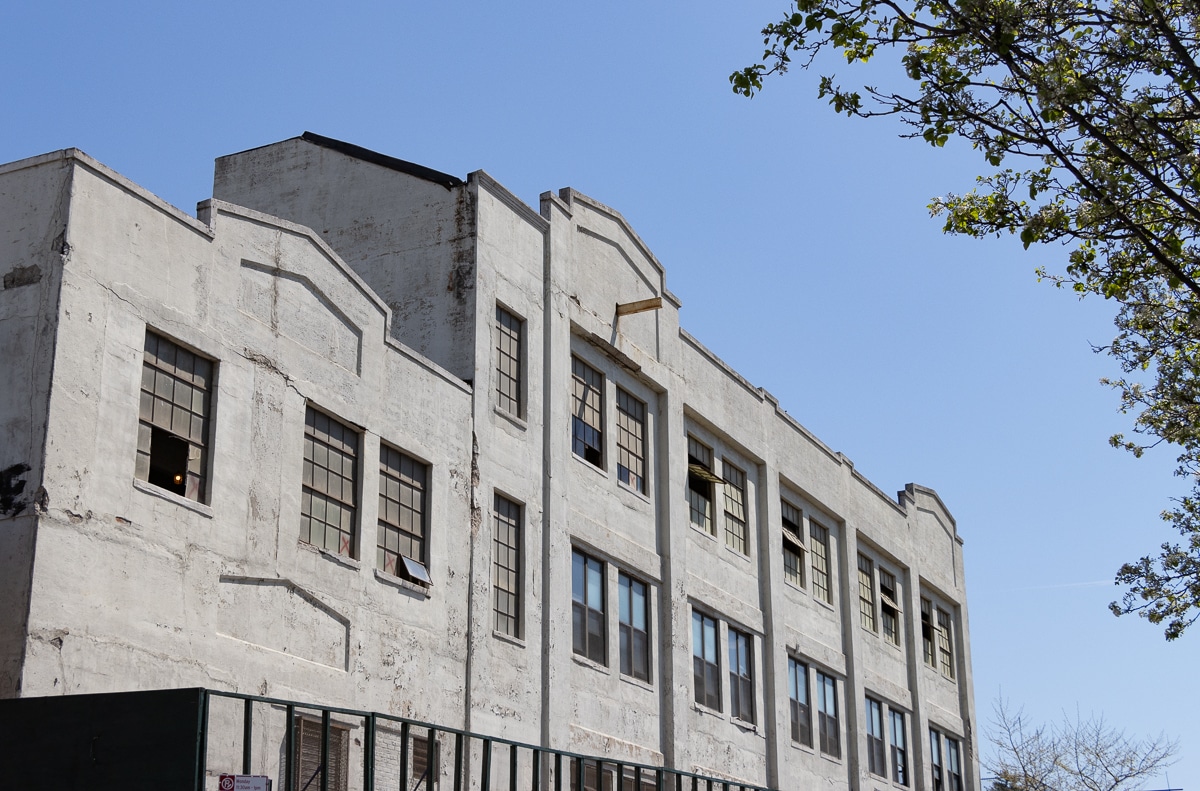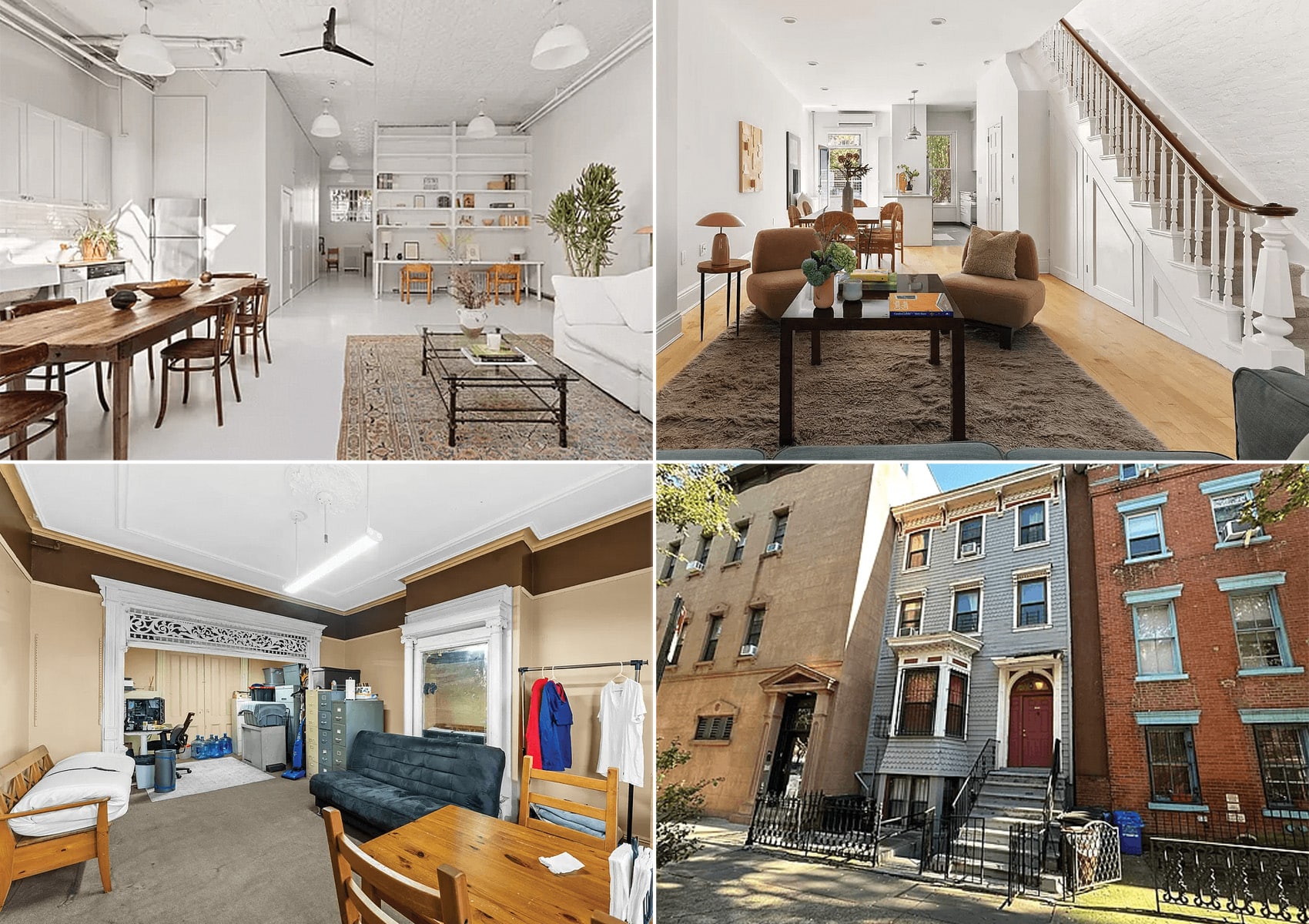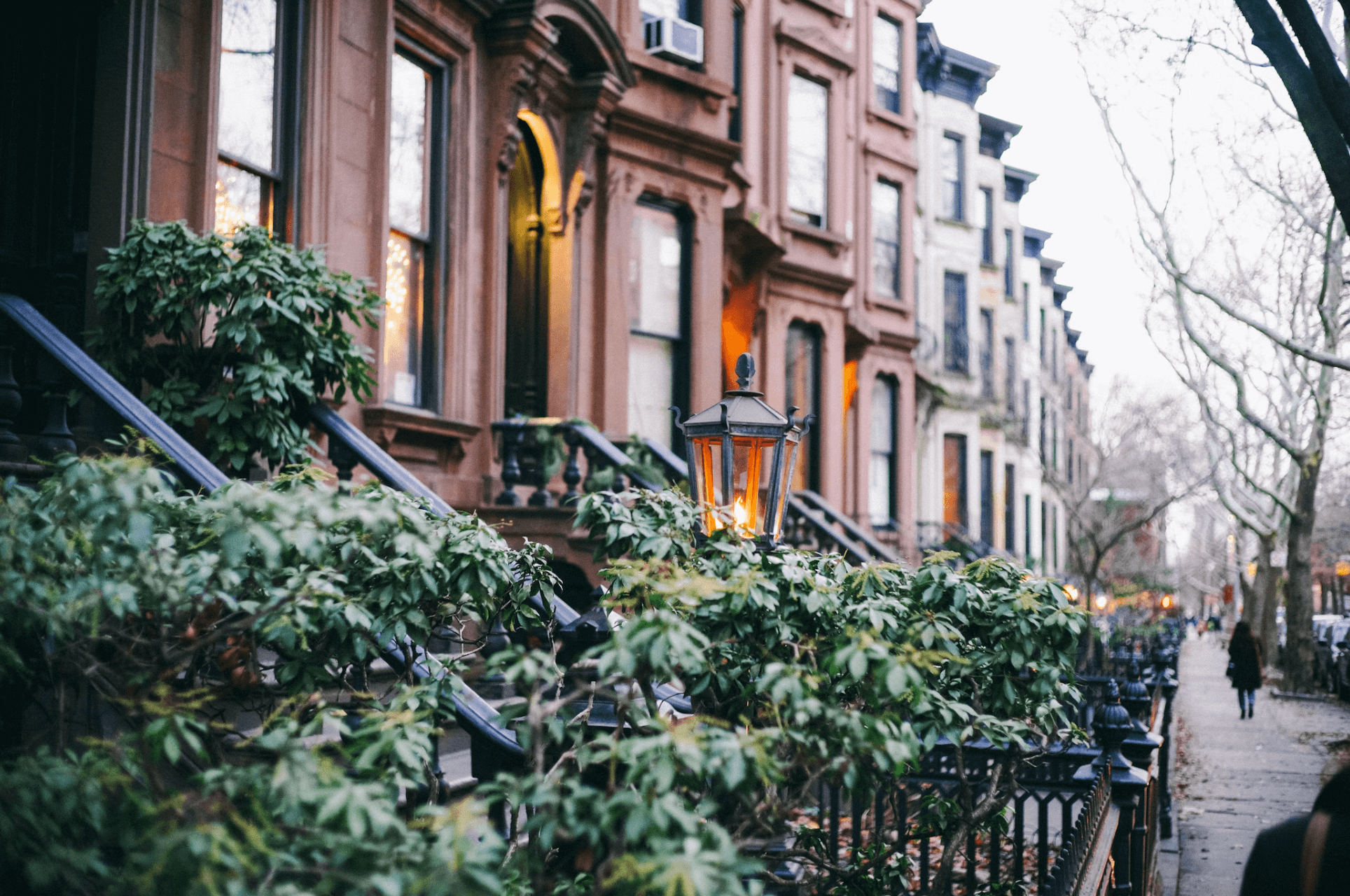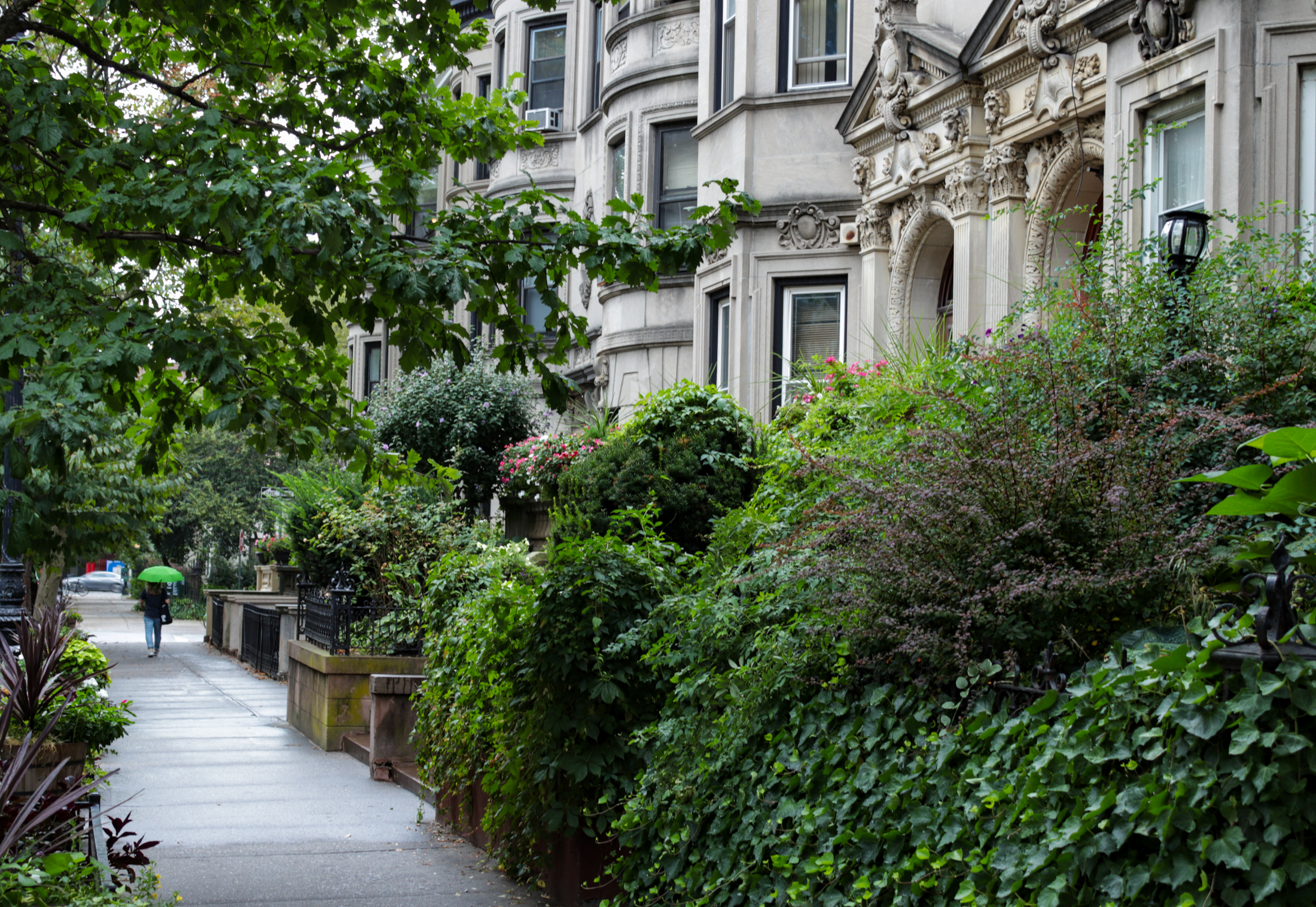Cool Pools of Bayside
Oakland Lake, at 46th Avenue and Cloverdale Boulevard, is the largest of a number of small “kettle ponds” left over from the passage of a glacier that stopped its southern progress in the middle of Long Island 15,000 years ago. According to the NYC Parks Department, it was once thought to be fully 600 feet…

Oakland Lake, at 46th Avenue and Cloverdale Boulevard, is the largest of a number of small “kettle ponds” left over from the passage of a glacier that stopped its southern progress in the middle of Long Island 15,000 years ago. According to the NYC Parks Department, it was once thought to be fully 600 feet deep, but the lake bottom was found to be just 20 feet in 1969. Similar to what was done with Kissena Lake, Oakland Lake was surrounded with a concrete lining and “citified” in the 1930s. After lean years in which the lake’s condition deteriorated, a revitalization effort was spearheaded by local resident Gertrude Waldeyer, whose Oakland Lake and Ravine Conservation Committee raised $1,000,000 to restore the lake to its natural state. It is now home to catfish, sunfish and carp. Oakland Lake has taken its place, along with other Alley Pond lakes such as Potamogeton Pond, Turtle Pond, Decodon Pond, Lily Pad Pond and Muskrat Pond as small glimpses of real wetland in the big city.
Bayside’s Golden Pond, 35th Avenue east of 216th Street and Corbett Road, is a kettle pond located on the former estate of John Golden, a Broadway producer who donated his land to the city for a public park in 1955. In his career, Golden produced over 150 musicals and plays. A century ago, the north shore of Queens once had several mansions as part of the larger Gold Coast of Long Island.
“In 1916 [Golden] produced his first Broadway show, ‘Turn to the Right’. Following its tremendous success, Golden produced over 150 plays and musicals. These included ‘The First Year, Three Wise Fools, and Lightnin’, which established a record (since broken) of 1291 performances on Broadway. Golden also worked as a playwright and composer. Among the many musical numbers he wrote were ‘Poor Butterfly’ and ‘Goodbye, Girls, I’m Through.’
“Golden was an active statesman for the theatrical profession. During World Wars I and II he organized a free-ticket service for servicemen. Golden was one of the founders of the American Society of Composers, Authors, and Playwrights (ASCAP) in 1914 and served on the original Board of Directors of the City Center of Music and Drama. He was an eminent member of the theatrical fraternity known as the Lambs Club and served as ‘Shepherd’ of that group from 1942 to 1944. Appointed the New York City Chairman for United Nations Day in 1954, Golden authored the ‘United Nations All Faith Prayer For Peace.’
“He and his wife Margaret moved to Bayside in 1920 and subsequently made their estate available to the community. The well-maintained grounds were often used by neighborhood residents, including golf caddies practicing their swings, little leaguers playing baseball, and Sunday picnickers walking among the gardens. Some Bayside residents remember seeing Golden strolling in his white suit, broad-rimmed hat, and spats, carrying a silver-handled cane.
“Upon his death on June 17, 1955, Golden’s will bequeathed his Bayside estate to the City of New York as a park ‘for the use and enjoyment by the young people of the community of all races and creeds in a manner similar to that in which I made this property available for recreation and community acts during my lifetime.’ The dedication of John Golden Park took place on October 18, 1965. The speakers included Mayor Wagner, Robert Moses, Parks Commissioner Newbold Morris, department store owner Bernard F. Gimbel, President of Actors Equity Association Frederick O’Neal, cartoonist Rube Goldberg, comedian Harry Hershfield, and restaurateur Vincent Sardi Jr.” — NYC Parks
Like Oakland Lake in Bayside Hills, Golden Pond is a shallow “kettle pond” left over from the Ice Age a few thousand years ago.










My friends & I occasionally hung out around Oakland Lake in the early 1980’s. At that time you could drive around it (slowly), although I don’t know if it was actually legal to do so.